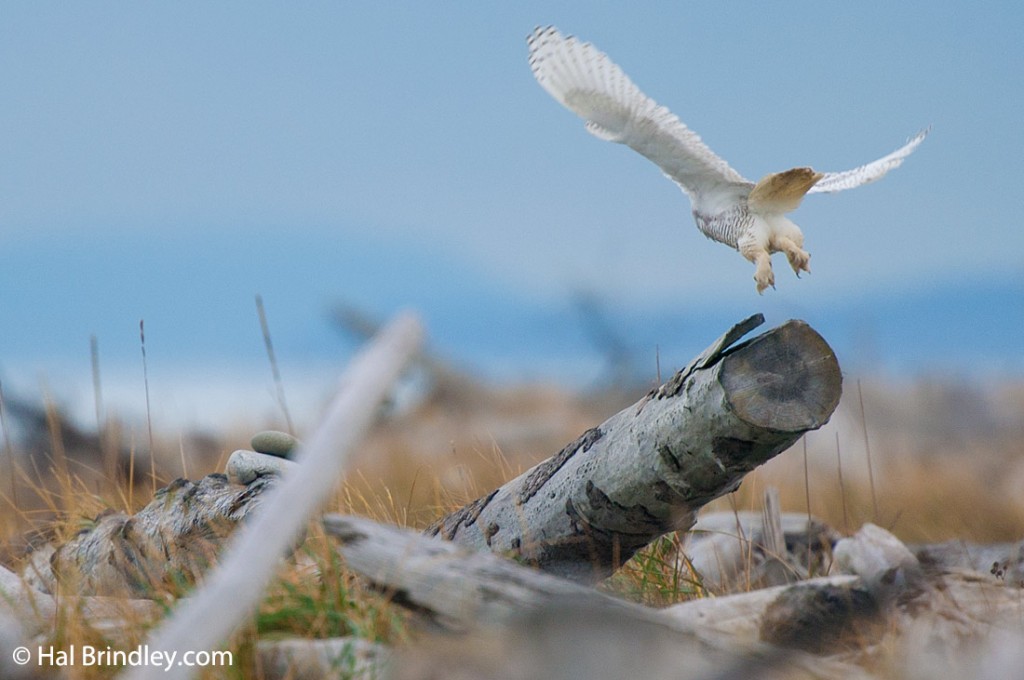The snowy owl (Bubo scandiaca) is found in open tundra along the Arctic Circle, from Canada to Russia and Scandinavia. It is named for its beautiful white plumage which allows it to blend into its snowy surroundings. Here are our four snowy owl facts:
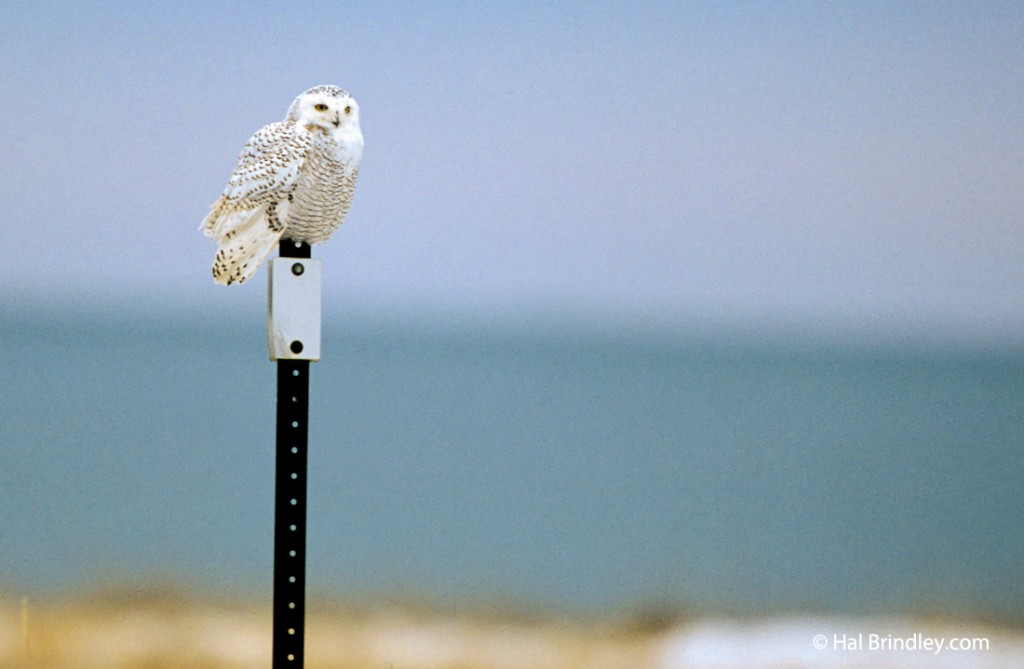
Daytime Hunter
One of the things that sets the snowy owl apart from other owls is that they are not nocturnal. Snowy owls hunt during daylight and in all kinds of weather.
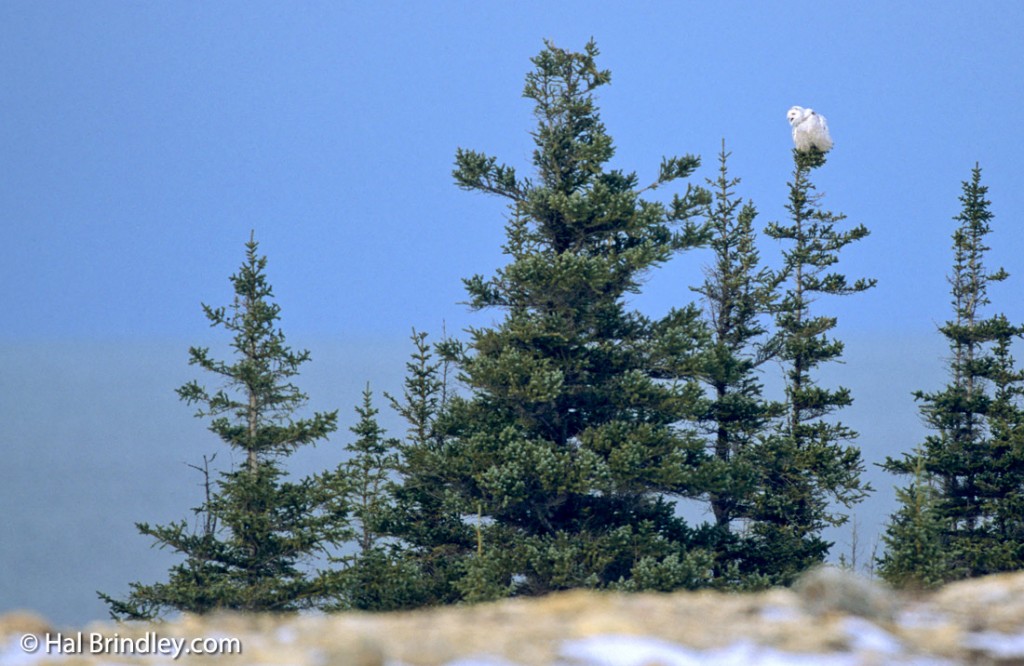
Follow the Lemming Leader
Snowy owls are nomadic hunters and their migrations follow their favorite prey: lemmings (an arctic rodent). Snowy owls rely on the lemming population to survive. An individual can consume more than 1600 lemmings per year! Whenever there is a lemming shortage, snowy owls migrate to find areas where lemming numbers are higher.
Although their main food source is rodents, snowy owls may hunt a wide variety of animals. Other prey include hares, other birds (as large as geese!), fish, amphibians, insects and crustaceans.
Larger Ladies
Female owls are larger and heavier than males. Another way to tell them apart is by looking at their plumage. Adult males are nearly pure white, with some light barring. Adult females, however, tend to have many dark bars on white. Both have white underwings.
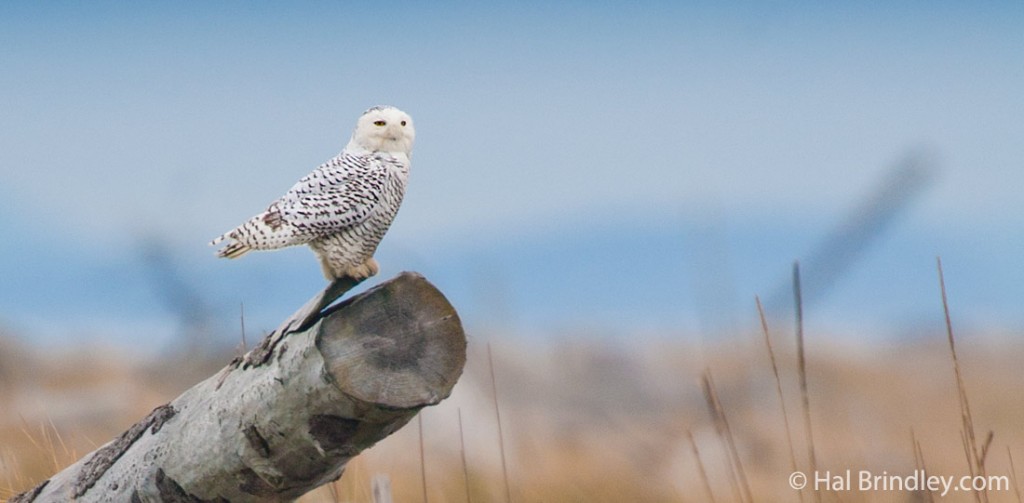
Invasion of the WereOwls
Snowy owls appear to be the “hairiest” of the owls. Their dark beak is almost completely concealed behind long and dense facial feathers. Their legs and claws are also heavily covered with dense feathers.
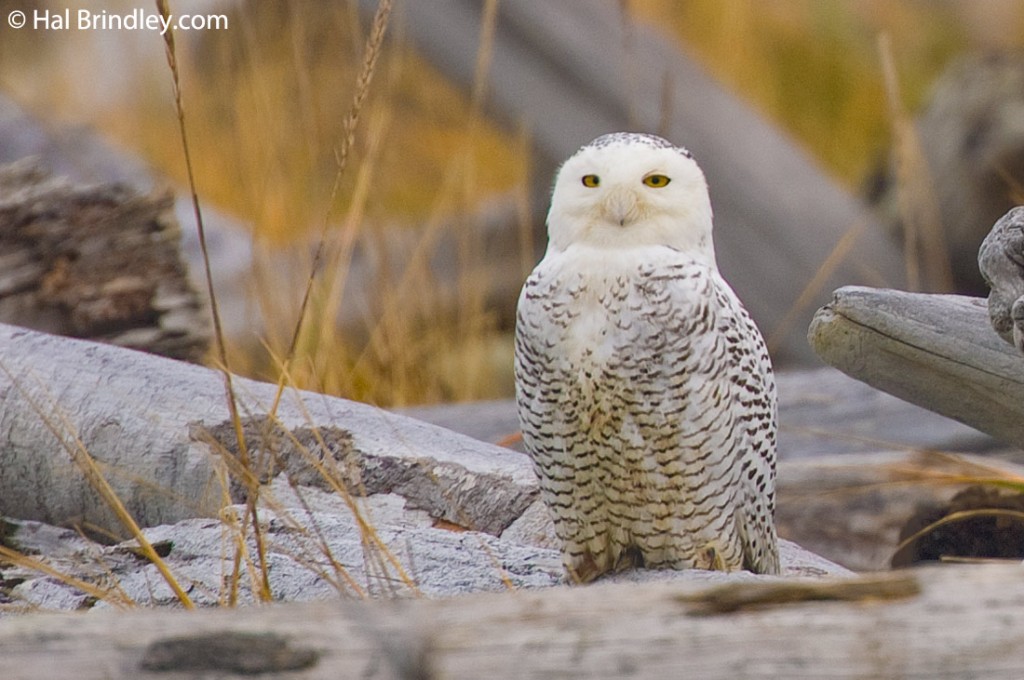
To learn more about owls and their conservation visit World Owl Trust
If you enjoyed our four snowy owl facts article you may also like:

Hal Brindley
Brindley is an American conservation biologist, wildlife photographer, filmmaker, writer, and illustrator living in Asheville, NC. He studied black-footed cats in Namibia for his master’s research, has traveled to all seven continents, and loves native plant gardening. See more of his work at Travel for Wildlife, Truly Wild, Our Wild Yard, & Naturalist Studio.

